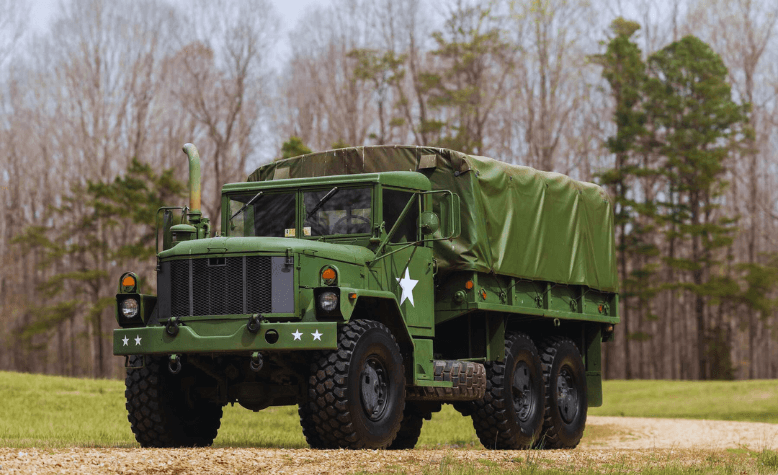From Profit Cutters to Guardians of the Sea, The Coast Guard’s Rich History

The U.S. Coast Guard, a symbol of maritime safety and security, boasts a fascinating history woven from several predecessors. Two key branches played pivotal roles: the Revenue Cutter Service and the U.S. Lifesaving Service.
Revenue Cutter Service (1790): Guardians of Trade and Law
- Established by Alexander Hamilton to enforce tariff laws and prevent smuggling.
- Served in national defense during wartime.
- Expanded duties to include ship safety inspections and assisting distressed vessels.
U.S. Lifesaving Service (1848): Rescuers on the Brink
- Dedicated solely to saving lives at sea, operating before modern communication technology.
- Established beach patrols and strategically placed stations with skilled responders equipped for harsh conditions.
- Renowned for their bravery and dedication in rescuing countless shipwrecked sailors.
Merging Operations: The Birth of the Coast Guard (1915)
As maritime activity flourished, the missions of these two services began to overlap. Recognizing this synergy, they were merged to form the U.S. Coast Guard, inheriting a combined responsibility for-
- Maritime law enforcement
- Search and rescue operations
- National defense
Lighthouses: Guiding Stars of Navigation
While not directly part of the Coast Guard’s lineage, the Lighthouse Service deserves recognition for its crucial role in maritime safety. These strategic beacons guided ships through treacherous waters, playing a vital part in fostering trade and commerce.
A Legacy of Evolution and Service
From enforcing trade laws to rescuing lives at sea, the predecessors of the Coast Guard laid the foundation for its diverse and critical mission today. Their stories echo with both innovation and dedication, highlighting the crucial role maritime safety has played in shaping the nation’s history.
Notable Rescues and Technological Advancements
The Lifesaving Service is celebrated for its daring rescues, documented in detailed logs that tell tales of courage against the sea’s fury. Additionally, technological advancements like the Breeches Buoy (1871), Lifeboats (1878), and Lyle Gun (1891) significantly improved rescue success rates.
The Steamboat Inspection Service: Guardians of Inland Waterways
Before the Coast Guard, services like the Steamboat Inspection Service ensured safe passenger travel on steamboats. They played a crucial role in regulating safety standards through regular inspections, testing crews, and updating safety laws.
Consolidation into the Coast Guard
The birth of the Coast Guard in 1915 marked a significant moment. The merger of the Revenue Cutter Service and the U.S. Lifesaving Service created a unified force responsible for maritime safety and law enforcement.
Expanding Responsibilities Post-Merger
With World War I, the Coast Guard’s duties expanded beyond peacetime tasks. They enforced maritime laws, assumed coastal defense measures, and took on new assignments like icebreaking, environmental protection, and marine safety.
Impact of Precursor Services on the Modern Coast Guard
The legacy of the Coast Guard’s ancestors lives on in its traditions, protocols, and current operations. The Revenue Cutter Service instilled unity and military readiness, while the Lighthouse Service emphasized precise navigation aids. The Steamboat Inspection Service contributed a focus on safety and inspections, and the Lifesaving Service’s valor in rescues continues to inspire.
Today’s Operations Reflecting Past
From search and rescue missions echoing the Lifesavers’ bravery to safety inspections reminiscent of the Steamboat Inspection Service, the Coast Guard’s current operations carry a piece of history
The Coast Guard’s story extends far beyond a simple merger of services. It’s a saga of evolving responsibilities, technological leaps, and unwavering dedication to protecting lives and maritime interests. Here are some additional chapters to this captivating narrative:
World War I and Beyond, Expanding the Scope
With the onset of World War I, the Coast Guard transformed from a peacetime force into a vital wartime asset. They patrolled vast stretches of coastline, protected harbors, and escorted merchant ships, showcasing their adaptability and resilience. Post-war, their duties encompassed icebreaking, protecting fisheries, and enforcing environmental regulations, becoming true multi-faceted guardians of the seas.
Technological Transformation, Embracing Innovation
Technological advancements have always been central to the Coast Guard’s success. They were early adopters of radio communication, revolutionizing search and rescue efforts. Later, radar, helicopters, and advanced navigation systems further amplified their capabilities. Today, drones, autonomous vessels, and even artificial intelligence are being explored, ensuring the Coast Guard remains at the forefront of maritime technology.
Environmental Stewardship, Protecting the Oceans
The Coast Guard’s role as an environmental steward has grown significantly in recent decades. They combat illegal fishing, prevent oil spills, and respond to environmental disasters, playing a crucial role in safeguarding the delicate balance of marine ecosystems.
International Collaboration, Joining Hands Across Oceans
The Coast Guard doesn’t operate in isolation. They actively collaborate with international partners on search and rescue operations, maritime security initiatives, and environmental protection efforts. This global teamwork strengthens international coordination and ensures safer seas for all.
Looking Ahead, Challenges and Opportunities
The Coast Guard faces new challenges in the 21st century, from climate change impacting oceans to emerging maritime threats like cyberattacks. But just as they have throughout their history, they are continuously adapting, employing innovation and leveraging partnerships to face these challenges head-on.
The Coast Guard’s story is one of courage, innovation, and unwavering dedication. From heroic rescues in the past to safeguarding the environment today, they have consistently evolved to meet the needs of a changing maritime world. As they navigate the future, their rich history stands as a testament to their commitment to ensuring the safety and security of our oceans and the people who depend on them
https://www.history.uscg.mil/research/chronology/
https://en.wikipedia.org/wiki/United_States_Coast_Guard
https://en.wikipedia.org/wiki/History_of_the_United_States_Coast_Guard







